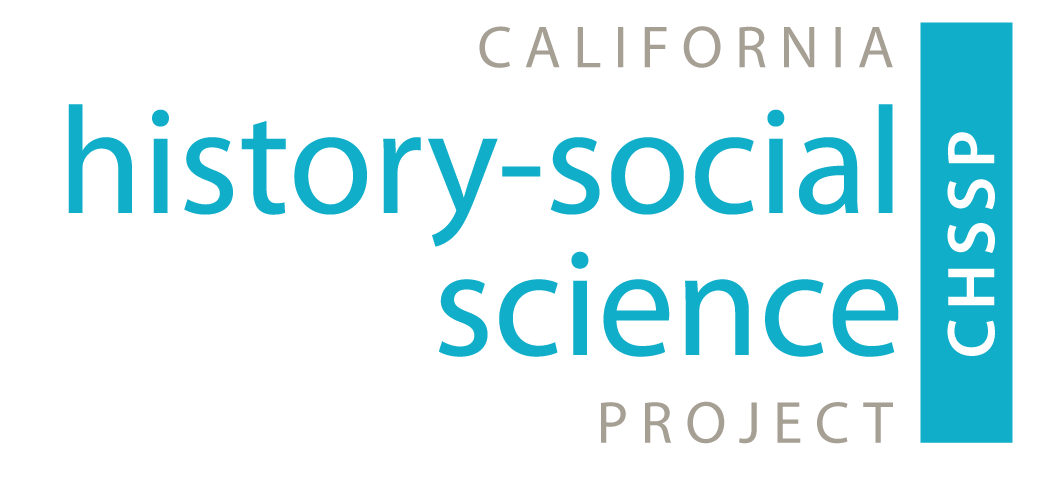Designing the "Cold War Abroad" Lesson: A Guest Blogpost by Shelley Brooks
Originally posted on October 25, 2012 by Shennan Hutton
As we work on the first stages of the Cold War Unit lessons one of the teacher leaders and I are tackling the “Cold War Abroad” lesson, and we are exploring how to guide high school students to an understanding of the root of the conflict between the United States and the Soviet Union. Following on the heels of their study of World War II, the Cold War unit challenges students to comprehend how our wartime ally can become an enemy so dangerous that we develop nuclear weapons in the name of defense. Students may recall that during WWII, U.S. wartime propaganda sometimes referred to the Soviet leader, Joseph Stalin, as “Uncle Joe.” Perhaps they learned that TIME magazine crowned Stalin “man of the year” in 1939 and 1942. Pictures from the Potsdam conference in 1945 depict the leaders of the Allied powers as comfortable, even friendly, with one another. Indeed, even as Winston Churchill coined the term “iron curtain” while speaking to an American audience in 1946, he emphasized that he had “a strong admiration and regard for the valiant Russian people and for my wartime comrade, Marshal Stalin. There is deep sympathy and goodwill in Britain-and I doubt not here also-towards the peoples of all the Russias and a resolve to persevere through many differences and rebuffs in establishing lasting friendships.” Churchill went on to explain that “We welcome Russia to her rightful place among the leading nations of the world…Above all, we welcome constant, frequent and growing contacts between the Russian people and our own people on both sides of the Atlantic.”
So the question then becomes why did the level of distrust between these former allies grow to the point that they saw each other as mortal enemies? Students will be given the following primary sources to help understand the post-war transition to the Cold War.
In 1946 the Soviet Ambassador to the United States, Nikolai Novikov, wrote this telegram back to his home government: “The foreign policy of the United States, which reflects the imperialist tendencies of American monopolistic capital, is characterized in the postwar period by a striving for world supremacy…All the forces of American diplomacy – the army, the air force, the navy, industry, and science – are enlisted in the service of this foreign policy…”
Meanwhile, the United States was developing a policy of “containment” to limit the influence and extension of Soviet power, a policy which was described as “designed to confront the Russians with unalterable counterforce at every point where they show signs of encroaching upon the interests of a peaceful and stable world…”, according to the U.S. Ambassador to the Soviet Union, George Kennan, who recommended this action. Finally, the U.S. National Security Council developed NSC 68, a policy paper asserting that “the Soviet Union…is animated by a new fanatic faith, antithetical to our own, and seeks to impose its absolute authority over the rest of the world. Conflict has, therefore, become endemic…every individual faces the ever-present possibility of annihilation should the conflict enter the phase of total war…”
Many questions may come to students’ minds after reading these excerpts: What did each side fear the most in the other? Did the animosity stem from ideological differences? Economic considerations? Both? Were there other considerations as well? Were these rational considerations, or did paranoia creep in as well? What makes the Cold War conflict distinct? Does it have to do with the new weaponry, or the new world order after WWII? Did the threat of nuclear war seem an appropriate or rational response to the conflict between the United States and the Soviet Union?
It may still be difficult for students to put themselves into a mindset that allows for comprehension of such Cold War realities as air-raid drills, bomb shelters, or the Berlin Wall, but primary source investigation will be one of the best tools for accessing the ideas and policies that drove Cold War history. In the end, we want to help students gain more than just comprehension of this era, but the ability to analyze these speeches and writings to think critically about the purpose, motivation, complexity, and consequences of Cold War foreign policy, and by extension, the policies that shape the world that they are growing up to inherit.
Citations:
“President Harry S. Truman, Prime Minister Winston Churchill, and Prime Minister Joseph Stalin at Opening of Potsdam Conference, July 17, 1945,” The Harry S. Truman Library and Museum, no. 63-1321-02, http://www.trumanlibrary.org/photographs/displayimage.php?pointer=52375 (Oct. 16, 2012).
“Churchill, Truman, and Stalin, July 23, 1945 The Harry S. Truman Library and Museum, no.58-797, http://www.trumanlibrary.org/photographs/displayimage.php?pointer=2511(Oct. 16, 2012).


